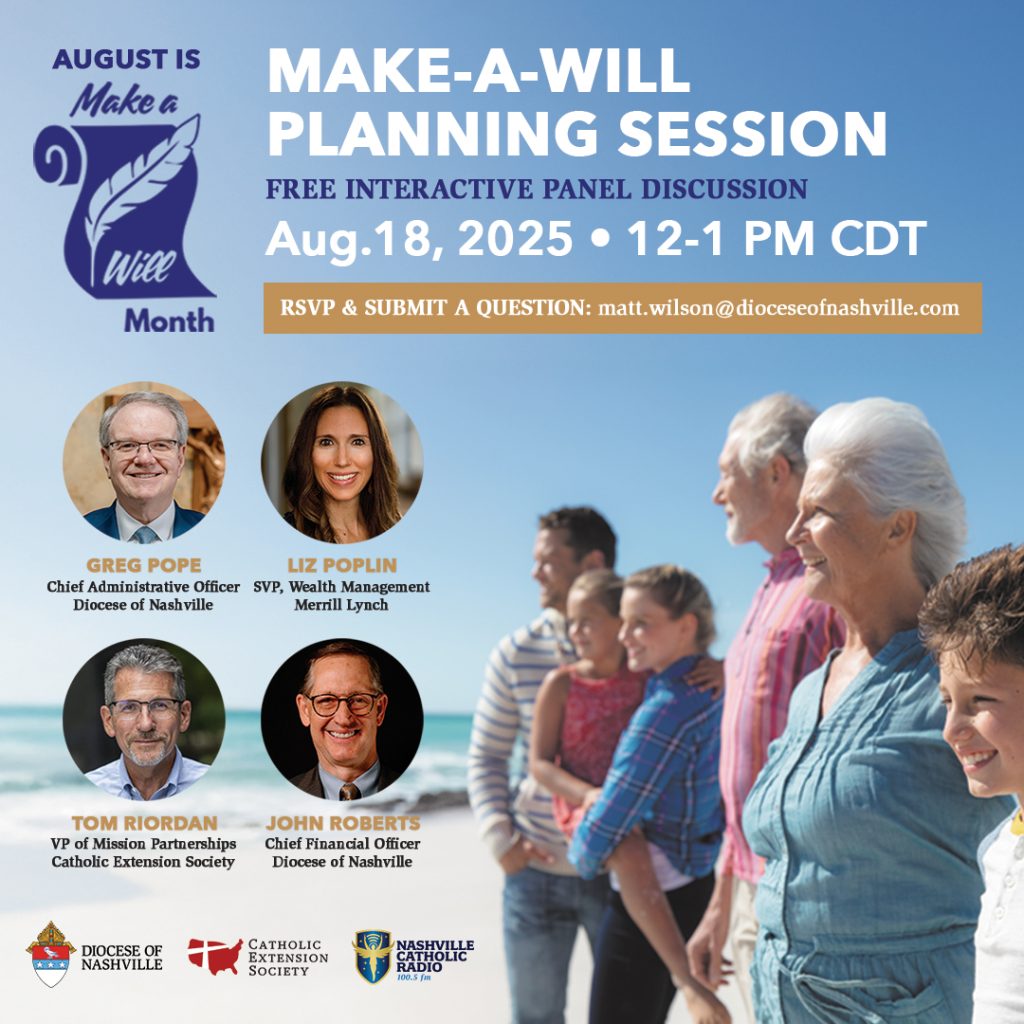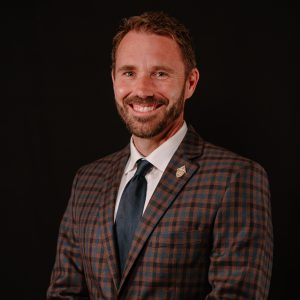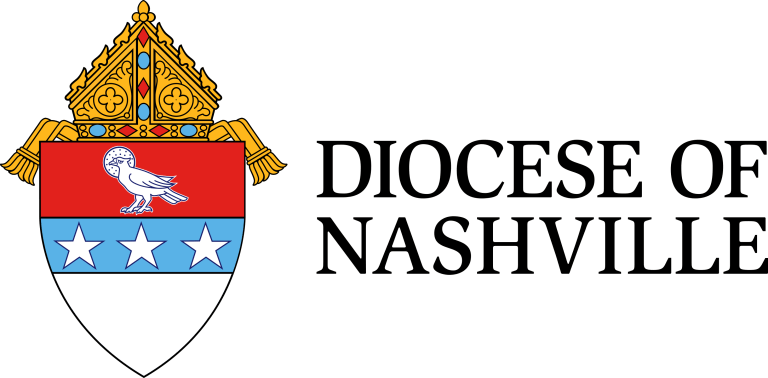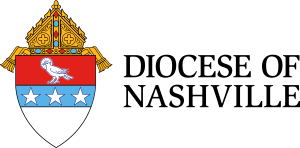First Step
INFORMATION AND RESOURCES ON PLANNED GIVING
SET CLEAR GOALS
When it comes to our earthly possessions, it is a very personal decision about how we use them to support the Faith. To help decide what is most important to you, the Office of Stewardship and Development is ready and available to listen and facilitate a conversation to help you accomplish your objectives.
Donations can be structured with contributions given during your lifetime, along with additional support used to create a permanent legacy one day.
Ask Yourself…
- In what ways has your Catholic faith shaped your life?
- What matters most to you regarding your legacy?
- Who are the individuals who have truly influenced your life?
- What are some of the pillars of the Faith that you want to make sure are maintained?
- What are the Catholic experiences that you would like to be shared with others?
- What organizations would you like to become stewards of your resources?
- Which areas of the campaign – Legacy of Faith Hope & Love – resonate the most?
- Would you like to give to the Church, Parish, Diocese, School, or Catholic Charities?
- Would you like to support more than one of these?
- Would you rather support existing programs or be a catalyst for new initiatives?
- What do you think is the Church’s greatest need?
- What do you wish for the future of the Diocese of Nashville?
GIFT PURPOSES AND DESIGNATIONS
The Office of Stewardship and Development seeks to encourage planned gifts to benefit a wide variety of areas within the Faith, and partners with donors on all areas they support. The Office values the interests and needs of donors and strives to make sure that the process to structure gifts is collaborative.
Gifts may be arranged to benefit the Diocese, the Parish, the School, or Catholic Charities. Some donors wish to combine more than one area based on their own specific interests and experiences. The Office is also delighted to reach out to other fundraising colleagues within the Catholic community to include them in the conversation regarding the gift. To ensure that the intentions of donors are met, gift designations are included in the signed gift agreement – typically the membership form that is completed to join the Legacy Society.
Overview of Gift Purposes
The Office of Stewardship and Development seeks to encourage planned gifts to benefit a wide variety of areas within the Faith, and partners with donors on all areas they support. The Office values the interests and needs of donors and strives to make sure that the process to structure gifts is collaborative.
Gifts may be arranged to benefit the Diocese, the Parish, the School, or Catholic Charities. Some donors wish to combine more than one area based on their own specific interests and experiences. The Office is also delighted to reach out to other fundraising colleagues within the Catholic community to include them in the conversation regarding the gift. To ensure that the intentions of donors are met, gift designations are included in the signed gift agreement – typically the membership form that is completed to join the Legacy Society.
Gift purposes are usually either for annual operations, capital needs, or endowment. Operations refers to ongoing annual project and program expenses, with the donations fully spent in that same fiscal year. Capital needs include one-time expenditures that can be depreciated. Endowment gifts create funds that are invested with only a small percentage utilized each year so that the funds grow in perpetuity.
Gift designations may be made without any restrictions (unrestricted). Donations marked “Unrestricted”, or those that do not list any restrictions, give the Church the greatest flexibility on how to use the gift. Unrestricted donations may be reviewed by a gift acceptance committee and/or the Bishop within the Diocese to determine the allocation purpose.
Some may wish to express additional preferences regarding the use of their gift. For example, some donors name a specific parish or school, or a particular project or program within annual operations as the recipient. Capital donations may be restricted to a unique physical space or bricks and mortar project. Endowment gifts may be used for new funds with guidelines on who qualifies. (Please see the next sections on naming opportunities and understanding endowments)
Specific Gifts Associated with Giving Levels and Naming Opportunities
As mentioned in the previous section, donors can become eligible to name physical spaces or to name individual programs or endowments. Based on the gift size itself, these opportunities are offered in recognition of the generous funding provided. Individual levels below are the minimum gift size needed for each naming opportunity.
Vocations Ministry Seminarian – $1,500,000 for one priest endowment to generate $75,000/year
Student Scholarships – $50,000 for one student endowment to generate $2,500/year
Programmatic endowment – $100,000 for one named program to generate $5,000/year
Parish Expansion – $250,000 for one named endowment to generate $12,500/year for capital
Please note that minimum gift levels may change over time. Every effort will be made to match the current naming opportunities in light of Legacy gifts to be received in the future. The named physical space and/or creation of an endowment typically occurs when the cash gift or asset is received. Announcements of gifts will be made during the lifetime of the donors, and these donors will be included in recognition events for their generous support.
Donor Advised Fund: $1,000 to set up account, no minimum distribution amount required
Charitable Remainder Trusts: $100,000 to establish
Charitable Lead Trusts: $500,000 to establish
Charitable Gift Annuity: $5,000 to establish
Bequests, Life Insurance, Appreciated Stock, Required Minimum Distributions: Any amount
Understanding Endowments
Endowments are one of the ways for donors to leave a permanent legacy. Donors who have someone special to honor often set up endowments bearing that individual’s name. Donors who seek to fund programs that stand the test of time find endowments to be appealing. Endowments create budget line items that are intended to exist forever.
Endowments last for a long time because only a small percentage (~5%) of the market value is spent annually for the purpose specified. Endowments are invested and managed in conjunction with external standards (UPMIFA) and internal controls established by the non-profit organization itself. The annual percentage payout rate (~5%) is typically set separately by an investment committee of an organization and cannot be changed without approval by that committee.
The philosophy behind endowments is to create a dedicated revenue source that benefits a staff member, student, program, or ongoing maintenance needs. The selection of an endowed fund recipient by the organization is often used to recruit, retain or reward those who have distinguished themselves in their service.
Here is an example of how endowments are having an impact at the Diocese.
Gift Types and Options
Appreciated Stock are equities that can be bought and sold on markets and transferred to charities, often avoiding capital gains.
Example: A donor purchases a stock for $50.00 and holds it for more than one year. The stock is trading at $70.00, and the donor transfers the asset to the charity through a broker. The charity sells the stock, and the donor receives the deduction for the full value of the donation without paying capital gains on the $20.00 per share appreciation.
Beneficiary is the recipient of an asset or income that a donor intends to give away as part of an estate plan…naming a beneficiary is one of the most popular and simplest ways to help a charity. This includes retirement accounts, investment accounts, and life insurance policies.
Example: A donor has a new retirement plan starting at a new job. When filling out the paperwork as part of the orientation process, the new employee is asked by the retirement plan provider to name a beneficiary. The donor wants to leave money to a charity and prefers not to adjust a recently completed will. The donor mentions the charity to the retirement plan administrator and specifies the percentage/amount of the retirement plan that the charity will receive on the beneficiary form. The donor gives the charity a copy of the relevant portion of the beneficiary form after completing the paperwork through the employer.
Bequest is a revocable commitment structured in a will to legally specify a dollar amount or percentage of an asset to be given to a designated charity.
Example: A donor works with a lawyer to create a will that includes language to give the Church the sum of $100,000 before (or after) having fulfilled the commitments made to the family stated in the will. The donor informs the Church of the relevant portion of the will by contacting the Office of Stewardship and Development.
Charitable Gift Annuity (CGA) is a simplified agreement with a charity that pays a fixed percentage of income during the donor’s lifetime (or spouse’s lifetime) with the charity spending the proceeds once the donor(s) is deceased. Payments to the donor can be received immediately or they can be deferred to a later date as part of a CGA agreement.
Example: A donor who is 78 has retired is wondering how to ensure steady income without fear of outliving his means. He also has a number of charitable interests in organizations he has supported for years. The donor agrees to transfer $100,000 to one charity in return for annual payments of $7,200 (estimate based on current rates, actual benefits may vary) for his lifetime. The donor receives an immediate tax deduction of $47,980. The charity will receive the remainder of the annuity at the end of the lifetime of the donor, while annual income will be received for the lifetime of the donor.
Try this free gift calculator to explore calculating a sample illustration.
Charitable Lead Trust (CLT) is a unique trust arrangement where the donor/family retains ownership of the asset, and donates income from that asset for a specific number of years.
Example: A donor wishes to contribute $25,000 annually to a charity and has investments of $500,000 in an account to be inherited by family members. The donor specifies in an agreement that $25,000 will be donated every year of the donor’s lifetime. The arrangement offers current and future tax benefits to the donor while confirming the asset will be inherited by the family.
Charitable Remainder Trust (CRT) is a structured arrangement that benefits a donor with annual income during the donor’s lifetime, similar to the charitable gift annuity. The Trust provides more features and options than the CGA, and is sometimes is managed by a third-party if more than one charity receives benefits. The proceeds of the trust are given away at the end of the donor’s lifetime.
Example: A donor wishes to spend 5% income from a $500,000 investment portfolio, and likes the peace of mind knowing annual income will be received as long as the donor lives. The donor also wants a charity to benefit from it at the end of his lifetime. A remainder trust provides fixed income ($25,000 the first year), offers a tax deduction based on the present value of the investment, and will not be included in estate tax calculations because it is being given away.
Donor Advised Fund (DAF) means that a dedicated account on which you can request checks to be sent directly to charity instead of writing your own checks with after-tax income. The Diocese encourages DAFs established through outside entities specializing in managing these Funds.
Example: A donor has appreciated assets which she does not want to give right away. She can put the assets into a DAF managed by a financial services firm, take an immediate tax deduction, and avoid capital gains. Once the asset is transferred, she can request donation checks in the future with the DAF handling the administration.
Life Insurance means that you are designating a charity as the beneficiary of the proceeds of a policy to be received at the end of your lifetime. Often, donors can transfer ownership to a charity and receive immediate tax benefits.
Example: You own a whole life insurance policy of $100,000 that is paid up and does not require premium payments to maintain its cash value. You want to give one or more charities $100,000 through your estate. You contact the life insurance company and assign one or more charities as beneficiaries, and a check will be sent to the charities at the end of your lifetime. The donor gives each charity a copy of the life insurance agreement.
A complex ownership of companies can be divided into shares, and with the help of a third party, can be assigned a value and donated to charities. A company could be sold, or shares could be bought back by the company.
Example: A family owns a business and a commercial building, and the business is being sold. With a third-party trained in charitable giving involving privately held companies, an agreement can be created where the charity becomes one of the recipients of the proceeds of the sale. A tax-deduction becomes available to the individual who is donating the property, potentially off-setting some of the taxes associated with the windfall from the sale.
If you are unsure whether an asset you own can be donated, you may be surprised to know that there are companies who specialize in assets that do not have many buyers or a traditional market. This allows donors to make gifts that they otherwise thought they could not make. For more information, please contact the Office of Stewardship and Development.
Example: A donor has a valuable crop that could be sold, and does not want to have taxable income selling the crop. For a commission, a known charitable broker can arrange to sell the crop and give the charity the proceeds. As part of the sale, the donor transfers ownership, receives a tax deduction, and does not have taxable income on the sale of the crop.
Real Estate is an agreement to donate tangible property during (or after) one’s lifetime.
Example: A donor is not sure what the market is for his home and whether anyone in his family would like the home. The donor knows the charity would make good use of the home, and creates an agreement to live in the home for the rest of his life, letting the home pass in ownership to the charity. Tax benefits accrue to the donor when the ownership transfers.
Required Minimum Distribution (RMD) is a minimum amount of income that needs to be withdrawn each year from a retirement plan based on age requirements. Charities can receive these annual withdrawals directly to fulfill the individual requirement stipulated by the IRS.
Example: A donor has a $50,000 RMD each year and would like to use half of that as a donation. The donor requests a check be sent directly to the charity by the retirement plan administrator, and is not taxed on the $25,000 which goes to charity. The donor does not have to report that $25,000 as income to the IRS. (Under current law, the donor does not get a separate charitable deduction if itemizing for the $25,000 donation.)
Gift Calculator
Become a Member of the Legacy Society
The Legacy Society is a celebration of donors and their generosity. Joining the Legacy Society is entirely voluntary and includes all those who have confirmed their overall intentions in writing. The Legacy Society is one way for the Church to express gratitude to donors for their support during their lifetimes. Becoming a member is also a public way to inspire others.
Upcoming Events

Charitable Gift Annuity Marketing Challenge 2025
Catholic Extension Society is offering an opportunity for Extension Dioceses to grow the Catholic Gift Annuity program in their respective dioceses by letting parishioners write Charitable Gift Annuities for the benefit of their parish.
The participating diocese will receive funding and marketing materials for promotion of the Catholic Gift Annuity Program.

Estate Planning Awareness Week Oct. 20 – 26, 2025
National Estate Planning Awareness Week occurs during the third full week of October each year and was adopted in 2008 by the House of Representatives to help the public understand what estate planning is and why it is such a vital component of financial wellness.
Subscribe to our diocesan Planned Giving mailing list to receive resources and information about charitable estate planning.
Past Events

Make-a-Will Planning Session: Aug. 18, 2025
Make–a–Will Month is observed in August as a reminder to create or update your will. The Diocese of Nashville’s Office of Stewardship and Development is offering a free interactive panel discussion (online, phone, and radio) from 12-1 p.m. on Monday, Aug. 18, to discuss the importance of having a will.
Hosted by Nashville Catholic Radio at 100.5 FM, panelists will include Greg Pope, CAO, Diocese of Nashville; John Roberts, CFO, Diocese of Nashville; Liz Poplin, SVP of Wealth Management, Merrill Lynch; and Tom Riordan, VP of Mission Partnerships, Catholic Extension Society. All members of the Catholic community are invited to join the tutorial via phone or online.
Our Diocese benefits by having strong parishes, schools, and neighborhoods with the resources they need to be successful.
Ashley Linville, Director of Development
MAKE A LEGACY GIFT IN 4 EASY STEPS
4. Share with your Professional Advisors (Legal and Financial)
Do you want more information?
We’re here to help.

Ashley Linville
Chief Development Officer
ashley.linville@dioceseofnashville.com 615.645.9768


